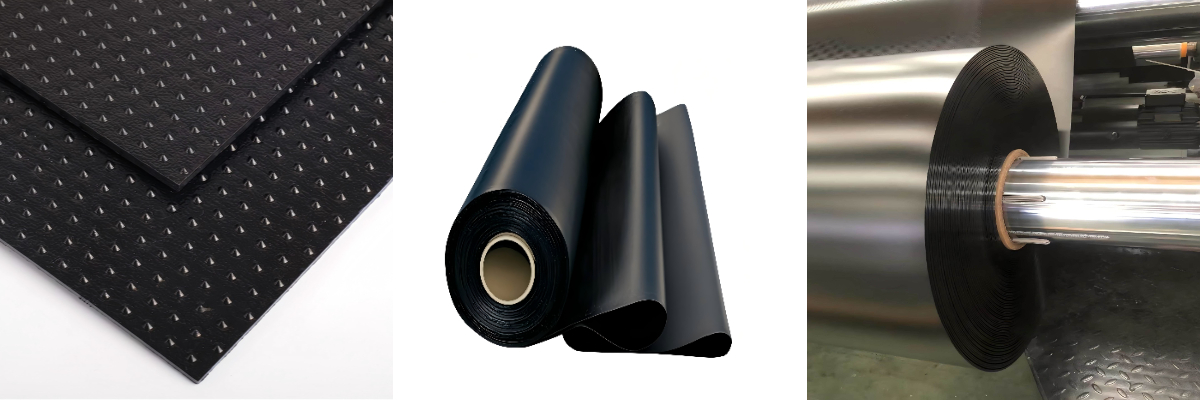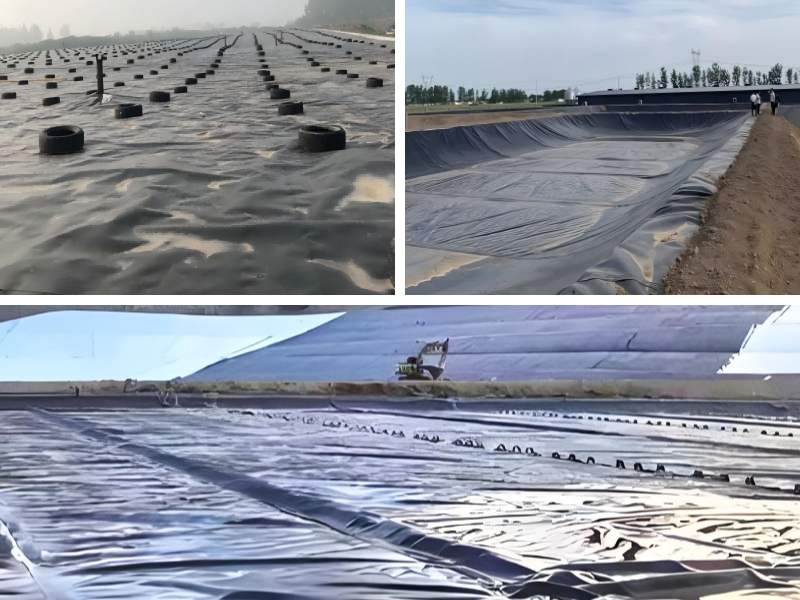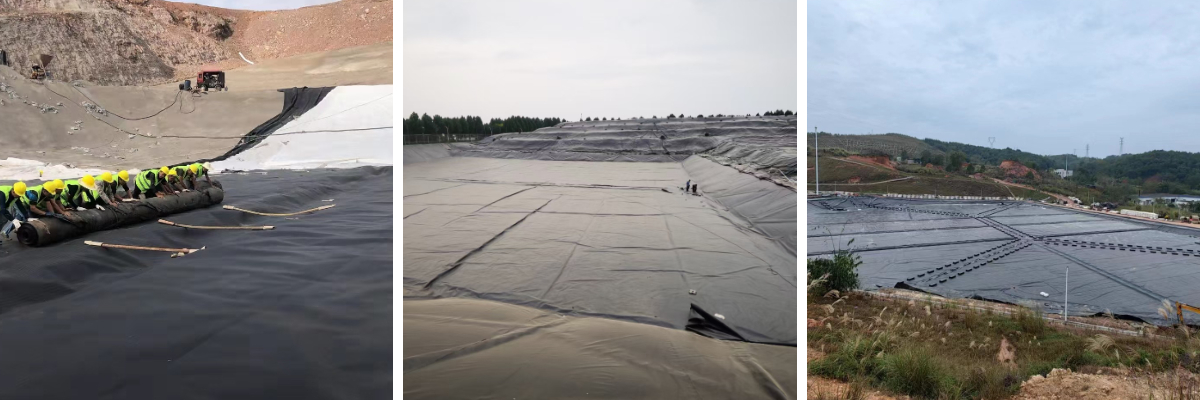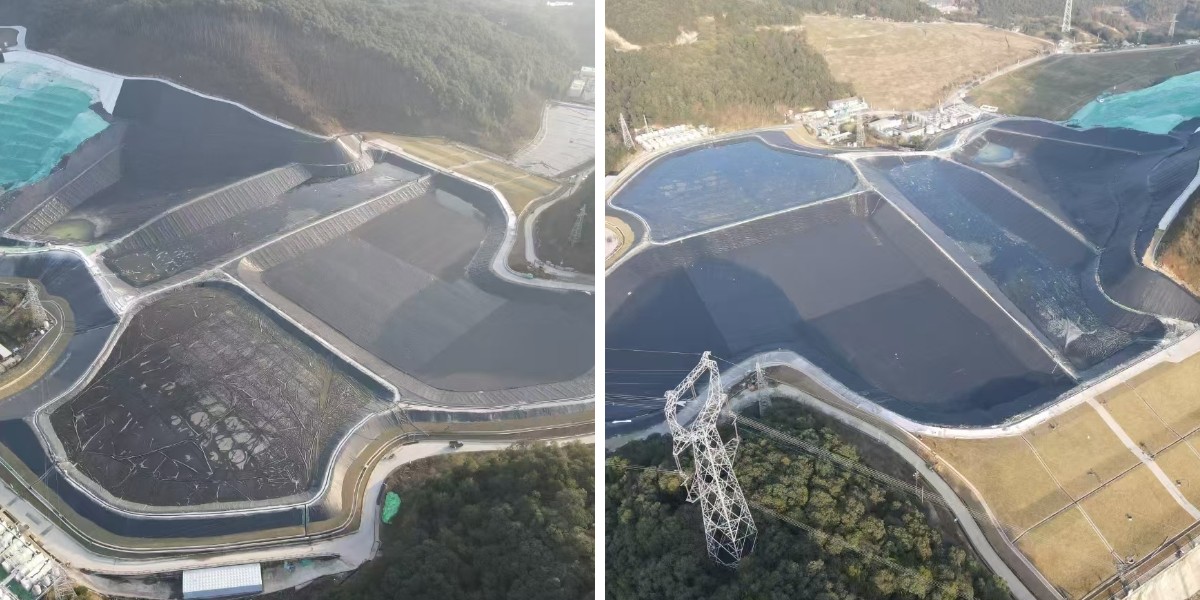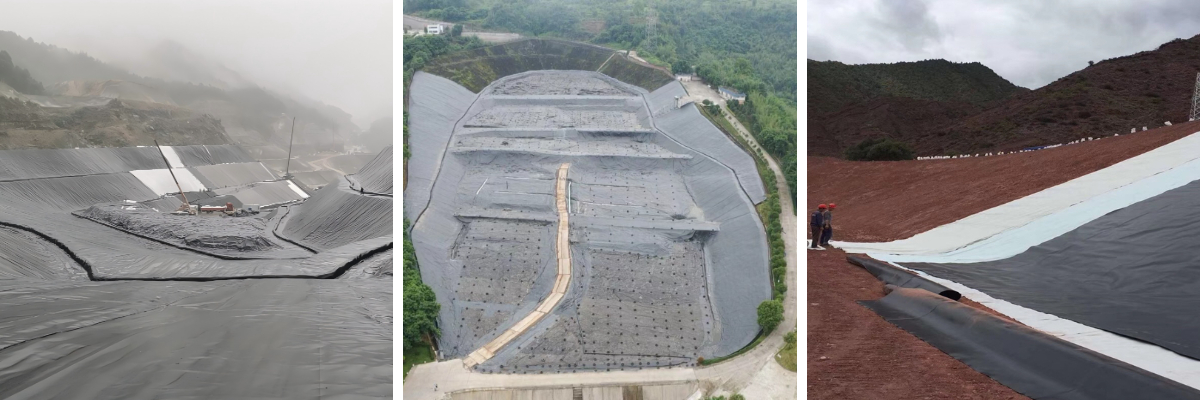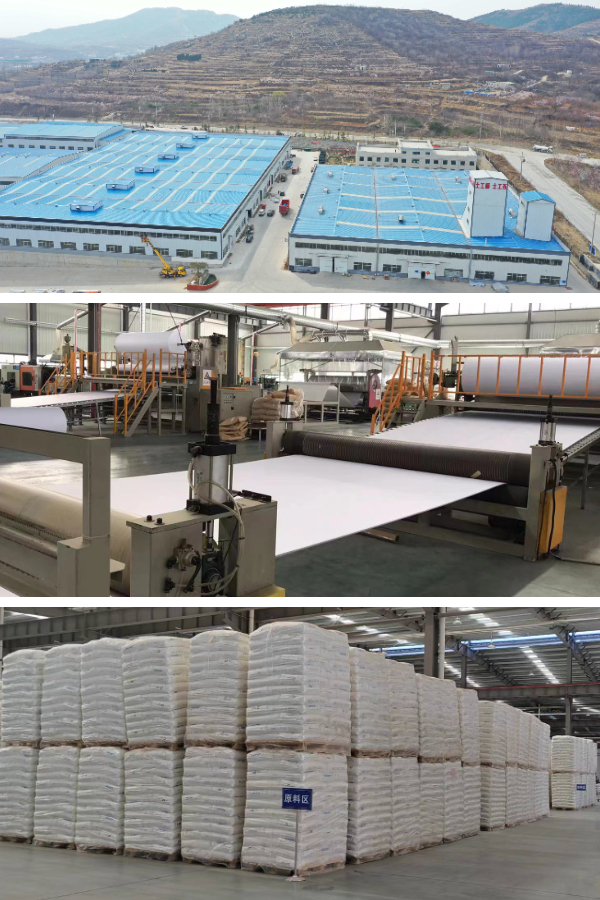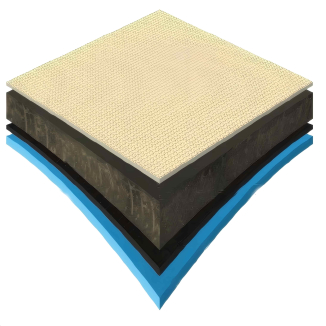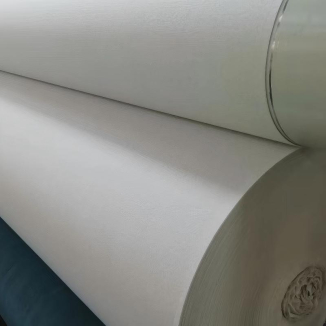Chemical Resistance of HDPE Geomembranes: What They Can (and Can’t) Handle
In industries ranging from waste administration to mining and chemical processing, hdpe geomembrana (high-density polyethylene geomembrane) is celebrated as a dependable impermeable geomembrane. Its capacity to block the go with the flow of beverages and gases makes it a cornerstone fabric for containment systems, the place stopping leaks is indispensable to environmental safety and operational safety. However, now not all chemical substances are equal—and hdpe geomembrana’s resistance varies dramatically relying on the substance it encounters. This information dives deep into the chemical resistance of HDPE geomembranes, outlining precisely what they can withstand, what breaks them down, and how to pick the proper impermeable geomembrane for your application—including specialised makes use of like geomembrane for landfill projects. By the end, you’ll be capable to confidently specify HDPE geomembranes for tasks the place chemical publicity is a concern.
Why Chemical Resistance Matters for HDPE Geomembrana
HDPE geomembrana is designed to act as a barrier, however chemical compounds can compromise this position in two ways: through inflicting the cloth to swell, soften, or degrade (reducing its impermeability), or by way of breaking down its structural integrity (leading to tears or leaks). For functions like geomembrane for landfill, the place the liner is uncovered to a cocktail of leachate (liquid from decomposing waste), chemical resistance isn’t simply a nice-to-have—it’s a regulatory requirement. A failure right here ought to end result in poisonous supplies seeping into soil and groundwater, triggering fines, environmental damage, and pricey cleanup.
Even in industrial settings (e.g., chemical storage tanks, mining tailings ponds), chemical publicity is constant. Choosing an impermeable geomembrane with the proper resistance profile ensures the liner lasts for decades, heading off untimely alternative and minimizing risk. Understanding HDPE’s chemical limits is the first step in making that choice.
Chemicals HDPE Geomembrana Can Handle
Hdpe geomembrana boasts astonishing resistance to a broad vary of frequent chemicals, thanks to its dense molecular shape and non-reactive nature. Below are the key classes of components it can withstand, alongside with examples applicable to real-world applications:
1. Neutral and Weakly Acidic/Basic Solutions
HDPE is extraordinarily resistant to impartial beverages like water and most aqueous options with a pH between four and 10. This consists of rainwater, groundwater, and many industrial method waters. It additionally handles weakly acidic supplies (e.g., dilute acetic acid, carbonic acid from landfill gas) and weakly simple options (e.g., dilute ammonia, sodium bicarbonate) besides degradation. This makes it best for geomembrane for landfill applications, the place leachate regularly falls in the impartial to barely acidic range.
2. Salt Solutions and Brines
Saltwater, brines, and salt options (e.g., sodium chloride, calcium chloride) have little to no impact on hdpe geomembrana. The cloth does no longer take in salt ions, swell, or corrode—making it ideal for coastal projects, desalination facilities, and mining operations the place brine is a byproduct. In these settings, HDPE’s resistance to salt ensures long-term overall performance even in high-salinity environments.
3. Many Organic Solvents
HDPE stands up to a range of non-polar natural solvents, which include aliphatic hydrocarbons (e.g., propane, butane), most alcohols (e.g., ethanol, isopropyl alcohol), and some oils (e.g., mineral oil, vegetable oil). This makes it appropriate for liners in oil storage areas, ethanol manufacturing facilities, and industrial web sites the place these solvents are handled. For example, in biodiesel plants, impermeable geomembrane made of HDPE safely carries spilled oils and solvents.
4. Landfill Leachate (Typical Composition)
For geomembrane for landfill use, HDPE’s resistance to standard landfill leachate is a standout feature. Leachate incorporates natural matter, dissolved salts, and hint metals, however HDPE does now not react with these components. It blocks leachate from seeping into the ground, whilst additionally resisting degradation from methane and carbon dioxide (the primary gases produced through decomposing waste). This is why HDPE is the most usually used liner fabric for municipal and industrial landfills worldwide.
Chemicals HDPE Geomembrana Can’t Handle
While HDPE is versatile, it has limitations—especially with sturdy oxidizing agents, focused acids/bases, and sure polar natural solvents. Exposure to these supplies can purpose swelling, cracking, or entire breakdown. Here are the key classes to avoid:
1. Strong Oxidizing Agents
Chemicals like centred hydrogen peroxide, chlorine gas, and nitric acid are surprisingly reactive and can damage down HDPE’s molecular structure. For example, targeted nitric acid will oxidize the polyethylene, inflicting the fabric to grow to be brittle and crack over time. These materials require specialised liners (e.g., PVC or EPDM) alternatively of hdpe geomembrana.
2. Concentrated Acids and Bases
While HDPE handles vulnerable acids/bases, centred variations (pH <2 or pH >12) are problematic. Concentrated sulfuric acid, hydrochloric acid, and sodium hydroxide (caustic soda) can swell or dissolve HDPE. For instance, a spill of centred sulfuric acid on an HDPE liner would reason the cloth to soften and lose its impermeability inside hours. Industrial websites coping with these chemical compounds want to pick out a extra resistant impermeable geomembrane.
3. Polar Organic Solvents and Aromatic Hydrocarbons
Polar solvents like acetone, methyl ethyl ketone (MEK), and chlorinated solvents (e.g., chloroform, trichloroethylene) can permeate HDPE, inflicting it to swell and lose strength. Aromatic hydrocarbons (e.g., benzene, toluene, xylene) have a comparable effect—they ruin down the material’s structure, main to leaks. These solvents are common in oil refining and chemical manufacturing, so HDPE is no longer appropriate for liners in these precise areas.
Maximizing Chemical Resistance in HDPE Geomembrana
Even inside HDPE, there are methods to beautify chemical resistance for worrying functions like geomembrane for landfill or industrial containment. Here are key strategies:
1. Choose Virgin HDPE Resins
Virgin HDPE (made from new resin) has a greater uniform molecular shape than recycled HDPE, supplying higher chemical resistance. Recycled HDPE may also include impurities or various polymer chains that limit its capability to stand up to harsh substances. For integral applications, usually specify virgin hdpe geomembrana.
2. Opt for Thicker Liners
Thicker HDPE geomembranes (e.g., 1.5mm or 2mm) grant an more barrier towards chemical permeation. While thickness doesn’t alternate the material’s inherent resistance, it slows down the charge at which chemical compounds can penetrate—extending the liner’s lifespan in marginally difficult environments.
3. Use Chemical-Resistant Additives
Some producers add stabilizers or modifiers to HDPE to enhance resistance to precise chemicals. For example, UV stabilizers are preferred for outside applications, however specialised components can decorate resistance to vulnerable oxidizing retailers or hint fragrant hydrocarbons. Discuss your project’s chemical publicity with suppliers to discover modified impermeable geomembrane options.
Selecting the Right Geomembrane for Your Application
To pick the fantastic impermeable geomembrane, comply with these steps:
1. List All Chemicals: Identify each chemical the liner will encounter, consisting of concentrations and publicity duration.
2. Check Resistance Charts: Consult manufacturer-provided resistance charts to confirm if hdpe geomembrana can take care of your chemical list.
3. Consider Application-Specific Needs: For geomembrane for landfill, prioritize HDPE’s leachate and gasoline resistance. For chemical storage, choose for specialised liners if robust acids/bases are present.
4. Test if Unsure: For special or high-risk chemical mixtures, request pattern checking out from the producer to affirm resistance.
Conclusion: HDPE Geomembrana—Reliable but Not Invincible
HDPE geomembrana is a sturdy impermeable geomembrane with tremendous resistance to most frequent chemicals, making it a pinnacle desire for geomembrane for landfill, water containment, and many industrial applications. Its capacity to manage impartial solutions, salts, and ordinary landfill leachate has made it a staple in environmental and development projects.
However, it’s no longer invincible—strong oxidizing agents, focused acids/bases, and positive polar solvents can compromise its performance. By grasp HDPE’s chemical limits and following excellent practices for selection, you can make sure your geomembrane liner gives long-lasting, leak-free protection. Whether you’re lining a landfill or an industrial tank, matching the geomembrane to your chemical surroundings is the key to success.
Contact Us
Company Name: Shandong Chuangwei New Materials Co., LTD
Contact Person :Jaden Sylvan
Contact Number :+86 19305485668
WhatsApp:+86 19305485668
Enterprise Email: cggeosynthetics@gmail.com
Enterprise Address: Entrepreneurship Park, Dayue District, Tai 'an City,
Shandong Province


